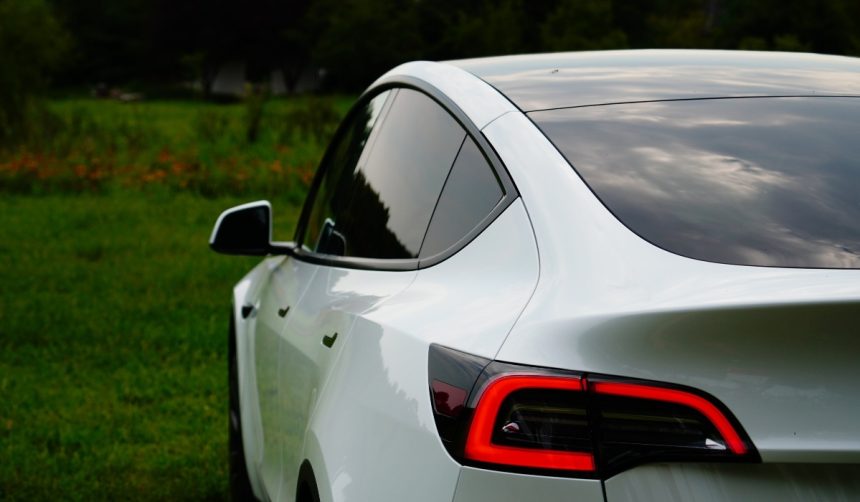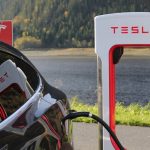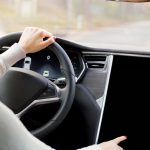Tesla‘s pursuit of fully autonomous vehicles continues to attract industry and consumer interest, as updates on the Robotaxi and Cybercab projects surface one year after their initial announcement. Anticipation remains high since the Cybercab—a two-seater electric vehicle designed explicitly for autonomous operation—was unveiled alongside the Robovan. As developments progress, Tesla engineers offer rare insights into design iterations and performance improvements, providing a clearer picture of what customers and competitors might expect. Curiosity around the Cybercab also speaks to broader discussions about the role of automation in public mobility and how established automotive players are repositioning themselves for the era of driverless transport.
Following last year’s reveal, information about Cybercab has mostly come in fragments—drone footage at Giga Texas, glimpses inside Tesla stores, and fleeting test sightings. Recent visual evidence depicted ongoing crash testing, confirming the project’s active development. Earlier reports centered on ambitious timeframes and production targets, but lacked specifics on design modifications or operational advancements, leaving much speculation about Tesla’s trajectory and whether timelines would be maintained amid technical hurdles and regulatory questions. Now, emerging statements from key personnel indicate tangible technological progress over the past year compared to earlier periods marked by limited transparency and cautious optimism.
What Has Changed Since the Initial Cybercab Reveal?
According to Tesla’s lead mechanical design engineer for the Robotaxi, significant strides have been made in the Cybercab’s development during the past twelve months. The engineer noted increased performance and refinement, emphasizing ongoing dedication to advancing the project.
“It’s sooo good, and way better than it was a year ago as well,”
a recent post highlighted, suggesting a notable leap in capability since its coming-out presentation last year. Behind-the-scenes work, particularly at Giga Texas, appears to have contributed to these upgrades as the vehicle undergoes routine validation.
How Will Production Differ from Traditional Vehicles?
Elon Musk and other Tesla executives have publicly outlined plans for a high-velocity assembly process that contrasts with typical automotive manufacturing. The production line for Cybercab is set to draw inspiration from the consumer electronics sector, prioritizing speed and efficiency in output. Musk has projected ambitious targets, including rolling out a finished Cybercab every five seconds. Company statements and interviews with key engineers reveal an intentional effort to optimize line pace and lower costs, aligning supply processes to support potential fleet-scale deployment of Robotaxi units.
What Can Customers Expect from the Vehicle’s Design and Range?
Cybercab’s compact dimensions are balanced with interior spaciousness, offering substantial legroom and a generous cargo hold. Tesla engineers are targeting a battery pack of under 50 kWh, aiming to achieve a real-world range close to 300 miles—a specification that seeks to address both functional and economic requirements for urban mobility. Among the additional selling points, the Cybercab’s minimalistic cabin is expected to reflect Tesla’s current design philosophy, maximizing passenger comfort for autonomous ride-hailing environments.
“The Cybercab’s legroom and cargo area are among the largest in our fleet,”
a company official remarked in a separate discussion.
Compared to coverage from last year, recent disclosures offer more concrete information about Cybercab’s progress, notably regarding its engineering status and intended production strategies. While initial public appearances revolved around conceptual displays and CEO projections, current updates suggest real advances in vehicle safety and interior comfort alongside technical validation through crash tests and software improvements. Market analysis in previous cycles often raised questions about cost feasibility and volume production, yet Tesla appears committed to addressing these issues through ongoing design refinement and potential scaling of assembly resources as launch approaches.
Developments around the Cybercab reflect larger trends in autonomous mobility, highlighting both the challenges and opportunities in realizing robotaxi services at scale. For prospective customers and industry observers, the most critical details remain the anticipated balance between comfort, efficiency, and affordability—features that will define the Cybercab’s competitiveness should it reach mass deployment. For those tracking self-driving advancements, Tesla’s approach offers insights into how established carmakers navigate technological hurdles, regulatory requirements, and changing expectations within the fast-evolving landscape of automated urban transport. Staying informed about tangible engineering achievements rather than projections allows readers and investors alike to better gauge industry direction and the timeline for wider adoption of autonomous vehicles.










